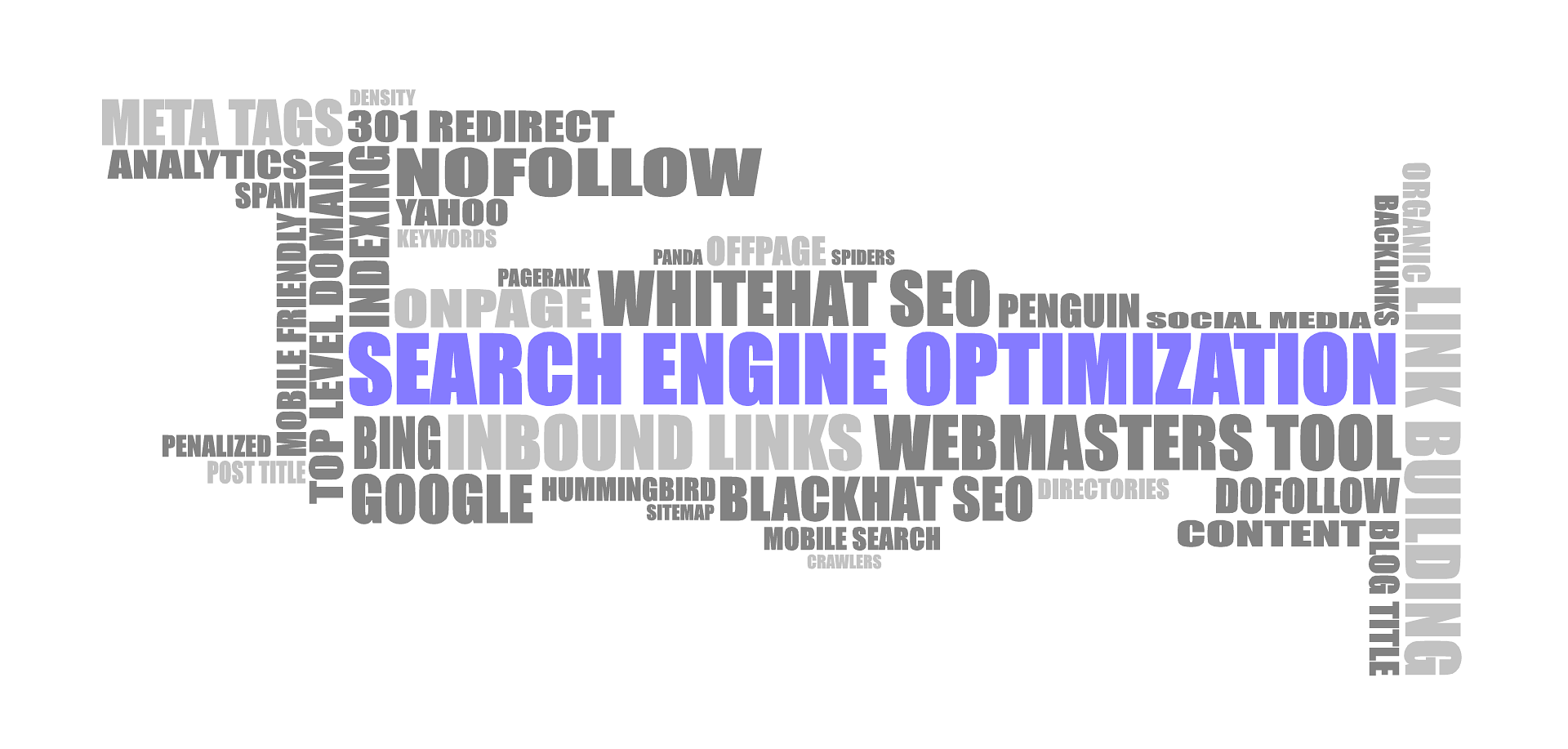
Building Visibility with SEO-Optimized Technical Writing
A plan for Web3 and SaaS Startups
Thanks to an increasingly data-driven competitive digital market, startups in emerging fields like Web3 and SaaS face the challenge of building visibility and establishing authority that competes with the biggest players in the game. SEO-optimized technical writing is a powerful tool for startups seeking to grow their online presence, engage audiences, and position themselves as thought leaders. Companies that combine SEO with consistent blogging see a traffic increase of 55%, underscoring the significant impact of a strategic SEO approach. This article delves into essential practices of SEO in technical writing that support both visibility and credibility for tech startups, and ultimately, revenue.
On-Page SEO for Technical Writing
On-page SEO is fundamental to creating content that resonates with both readers and search engines. This practice involves choosing industry-specific keywords that align with a company’s audience and their search behavior. Tools like Ahrefs, SEMrush, and Google Keyword Planner allow startups like GhostByter discover high-value keywords such as “SEO technical writing” or “contract technical writer.” By incorporating these terms in title tags, meta descriptions, headers, and throughout the body of the content, companies can improve visibility, attract the right audience, and signal relevance to search engines, boosting the ROI of blogging efforts.
Speaking of great keywords, looking for a contract technical writer? Check out why startups benefit from using technical writing services like GhostByter instead of managing more staff.
For startups in specialized fields like Web3, the right keywords can make content highly discoverable by audiences searching for niche blockchain resources. For example, terms like “blockchain scalability” or “smart contract development” help Web3 startups reach a tech-savvy audience looking for a deeper dive into a new technology. SaaS startups may benefit from terms like “scalable software solutions” or “API integration for startups,” which attract readers interested in understanding software development practices or integration processes. Precision in keyword choice not only attracts qualified readers but also supports long-term rankings on specific queries within the industry.
When choosing keywords, remember that keyword density should remain natural. Using synonyms, contextually related words, and variations flows naturally without becoming overladen with repetitive keywords. SEO success relies on readability, relevance, and quality as much as it does on keyword targeting.
Content Length and Depth
Long-form, in-depth content is particularly valuable for SEO and audience engagement. Research by Plerdy suggests that articles exceeding 1,500 words rank better, as they provide comprehensive answers to user questions, increase dwell time, and reduce bounce rates. For startups, the focus should be on creating content that not only addresses core topics but also dives into nuanced details that readers find informative and valuable.
In Web3, for instance, a startup could publish a detailed guide on the applications and challenges of decentralized applications, including sections on security, user experience, and scalability. This approach not only answers a wide range of questions but also signals to search engines that the content is a valuable resource for users. Similarly, SaaS companies might benefit from long-form articles that explore subjects such as software deployment strategies, user onboarding, or troubleshooting common technical issues. This type of content fosters trust and encourages readers to engage with additional resources provided by the company.
See also: Human Expertise vs the Speed of AI
Producing detailed content has the added benefit of solidifying your tech startup as an authoritative source within its field. By offering comprehensive explanations, such as tech tutorials, case studies, and best practices, startups can cater to both beginners and seasoned professionals, expanding their reach and fostering user retention.
Internal Linking
An internal linking strategy helps create a cohesive site structure, which is beneficial for both SEO and user engagement. Neil Patel highlights that effective internal linking guides users through related content, improving both user experience and SEO by creating logical pathways across a website. For example, a SaaS startup might link an article on API integration to related content covering software scalability, cloud deployment, or security features, offering a range of resources that enhance the reader’s understanding of the topic.
Internal linking is especially useful for startups in complex fields like Web3. A company could link from a post on the basics of blockchain to articles discussing tokenomics, decentralized finance (DeFi), or smart contract auditing. By grouping related topics, internal linking helps create a network of interconnected content that solidifies the startup’s authority in the field. Not only does this improve the user journey by giving readers easy access to more information, but it also improves SEO as search engines can better understand the structure and focus of the website.
Beyond SEO benefits, internal linking also improves conversion potential. When users are directed to additional resources, they’re more likely to engage with the brand, subscribe to newsletters, or reach out for consultation. This positions internal linking as a valuable strategy for increasing user engagement and driving potential sales or subscriptions.
Conclusion: Optimize your Content Strategy ASAP
SEO-optimized technical writing is an invaluable strategy for startups in Web3 and SaaS, offering a pathway to build visibility, improve rankings, and establish authority in their respective fields. By focusing on keyword selection, producing detailed content, and leveraging internal linking, these startups can attract a qualified audience, foster trust, and improve user experience. Partnering with technical writing services like GhostByter that prioritize SEO can amplify these efforts, positioning the company as an industry leader while driving sustainable digital growth. In today’s competitive tech landscape, SEO-driven technical writing is not just an option; it’s a necessity for startups aiming to build a long-term sales funnel. Shoot us a message today to find out how a partnership with GhostByter can write to your success with its expert-driven model or check out the ROI of blogging for tech companies.
